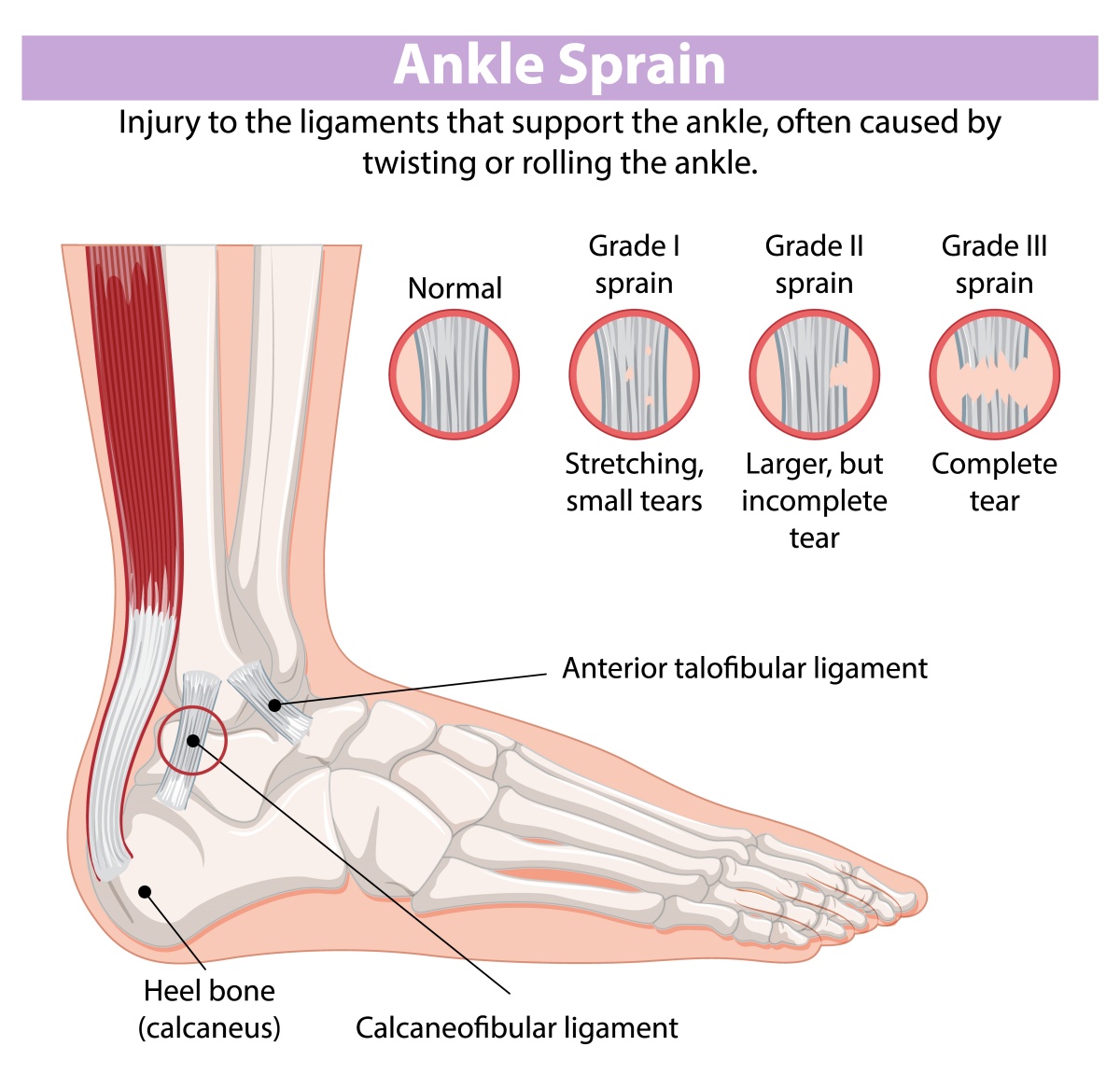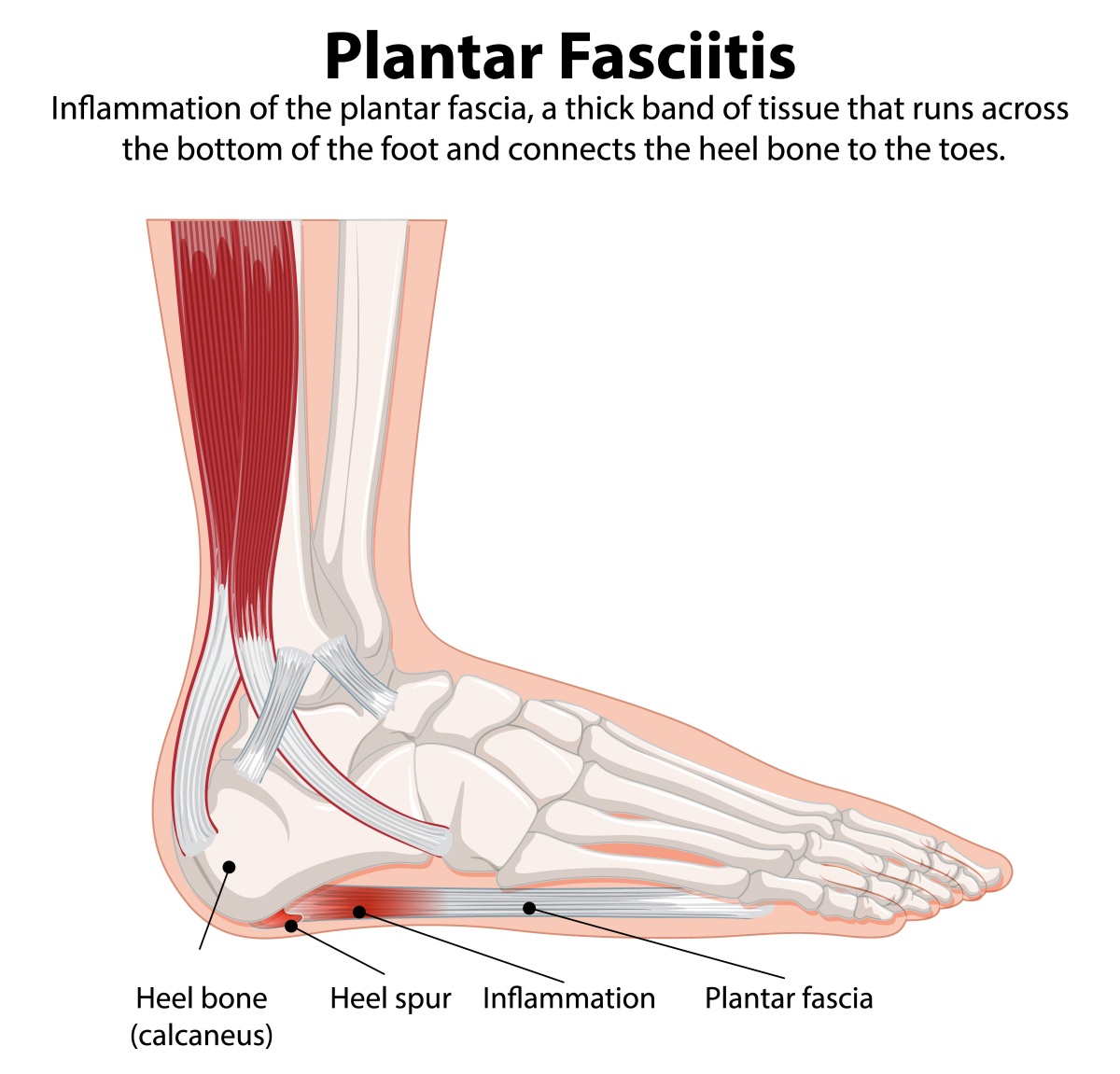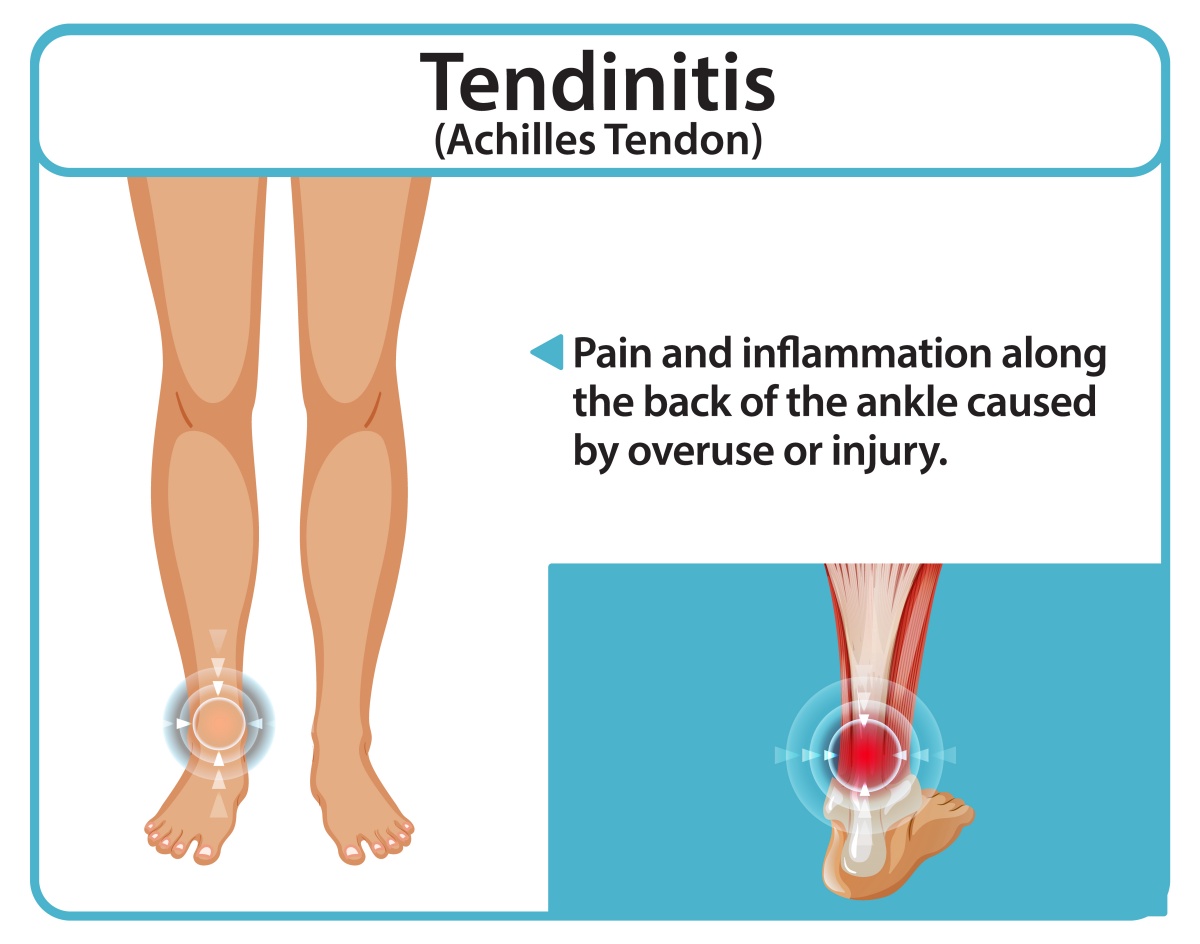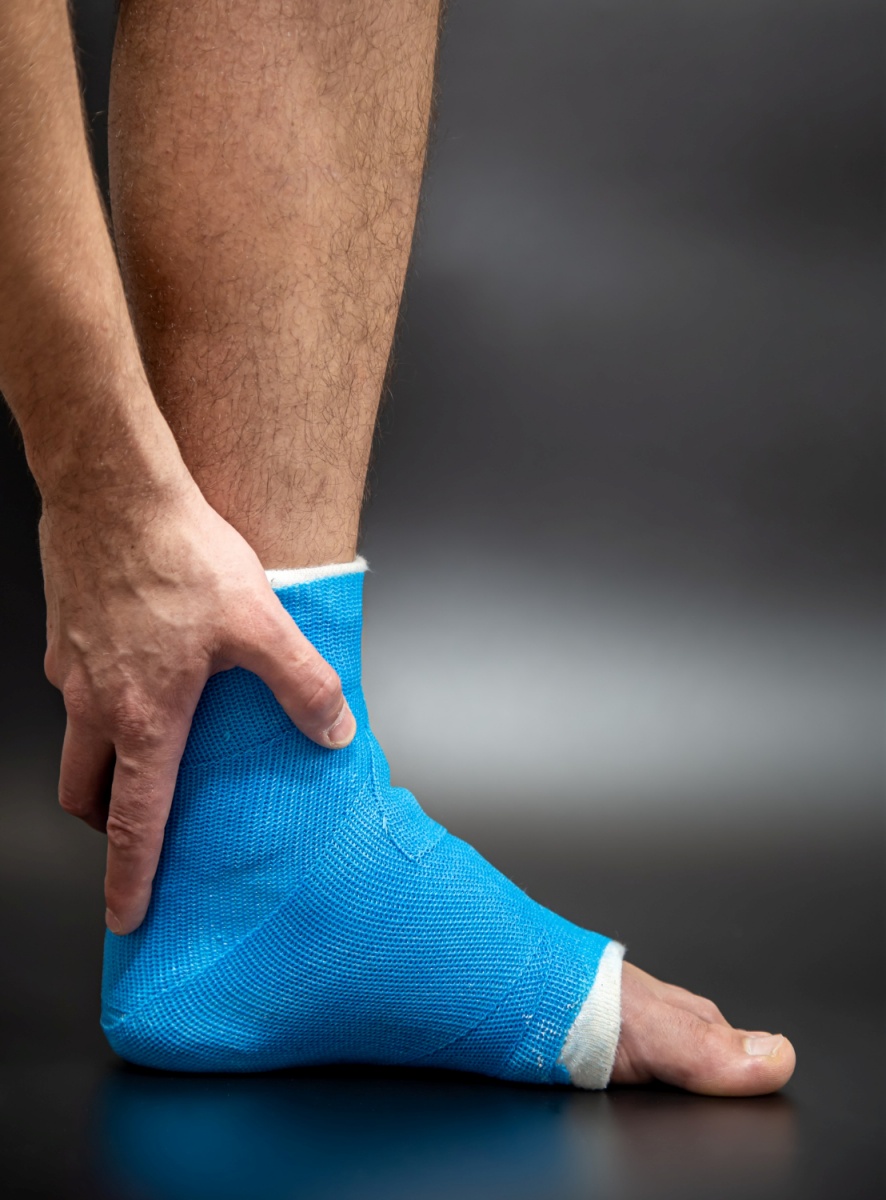Foot and ankle injuries are incredibly common and can affect anyone, whether you're an athlete, a fitness enthusiast, or just going about your daily routine. From minor sprains to serious fractures, these injuries can cause pain, swelling, and difficulty walking. However, with the right treatment and care, most foot and ankle injuries heal well.
Dr. Nikheel Pansare, Consultant - Robotic Joint Replacement & Sports Injury - Arthroscopy Surgeon at Manipal Hospital, Kharadi, Pune, talked to ETV Bharat about managing and preventing these injuries.
Common Foot and Ankle Injuries and Their Causes
1. Ankle Sprains: Ankle sprains happen when the ligaments that support the ankle stretch too far or tear, usually due to twisting or rolling the foot. This can lead to pain, swelling, and difficulty walking.

2. Fractures: A fracture in the foot or ankle is a break in the bone, often caused by falls, accidents, or high-impact activities like running and jumping.
3. Heel Pain (Plantar Fasciitis): Plantar fasciitis is one of the most common causes of heel pain. It happens when the thick band of tissue at the bottom of your foot gets inflamed, usually due to prolonged standing, running, or wearing unsupportive shoes.

4. Achilles Tendon Injuries: The Achilles tendon connects your calf muscle to your heel. Overuse, sudden movements, or repetitive stress can cause strains, inflammation, or even tears in this tendon, especially in athletes and active individuals.

5. Stress Fractures: These are tiny cracks in the bones caused by repetitive impact, such as running or jumping. They typically result in localized pain and tenderness that worsens with activity.
When Should You See A Doctor?
While mild injuries can often be managed at home with RICE (Rest, Ice, Compression, Elevation), you should see a doctor if you experience:
- Severe pain that doesn’t improve with rest
- Swelling and bruising that gets worse
- Difficulty walking or putting weight on the foot
- Visible deformity in the foot or ankle
- Pain lasting more than a few days
Ignoring symptoms can lead to complications like chronic pain, joint instability, or improper healing. Seeking medical advice early can prevent long-term issues.
How Foot and Ankle Injuries Are Diagnosed
Doctors use a combination of:
- Physical exams to check swelling, tenderness, and mobility
- X-rays to detect fractures
- MRI or CT scans for detailed images of soft tissue injuries
Treatment Options

1. Non-Surgical Treatment
- Rest and Ice to reduce swelling
- Braces, casts, or orthotics for support and protection
- Physical therapy to restore strength and mobility
2. Minimally Invasive Surgery
- For conditions like loose bone fragments or joint impingements, arthroscopic surgery is a preferred option. It involves tiny incisions and speeds up recovery compared to traditional surgery.
3. Surgical Intervention
- For severe fractures, torn ligaments, or injuries that don’t heal with conservative treatments, surgery may be necessary to restore function and stability.
Recovery and Rehabilitation
Recovery times depend on the severity of the injury:
- Minor sprains can heal in a few weeks
- Moderate injuries may take several months
- Major fractures or surgeries may require intensive rehab for months
- Physical therapy plays a crucial role in regaining mobility and preventing future injuries. Gradual strengthening exercises and a well-structured rehab plan can significantly reduce re-injury risk.
How To Prevent Foot and Ankle Injuries
Prevention is always better than cure! Here’s how you can protect your feet and ankles:
- Wear Proper Footwear: Choose shoes that provide good arch support and cushioning. Avoid worn-out shoes that don’t support your feet properly.
- Warm Up Before Exercise: Stretching and warming up before physical activity reduces strain on your muscles and ligaments.
- Strengthen Your Ankles and Feet: Simple balance and strength exercises can help improve stability and prevent injuries.
- Avoid Uneven Surfaces: Walking or running on uneven ground increases the risk of twists and falls.
- Use Braces or Orthotics If Needed: If you have a history of foot or ankle injuries, wearing braces or custom insoles can provide extra support.
Taking care of your feet and ankles ensures better mobility and overall well-being.
References:
- https://pmc.ncbi.nlm.nih.gov/articles/PMC3348693/
- https://link.springer.com/article/10.1007/s40141-024-00437-7
Read more:



